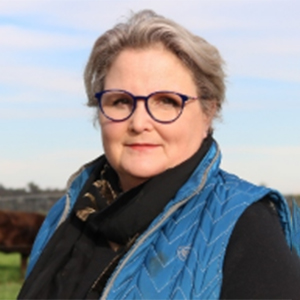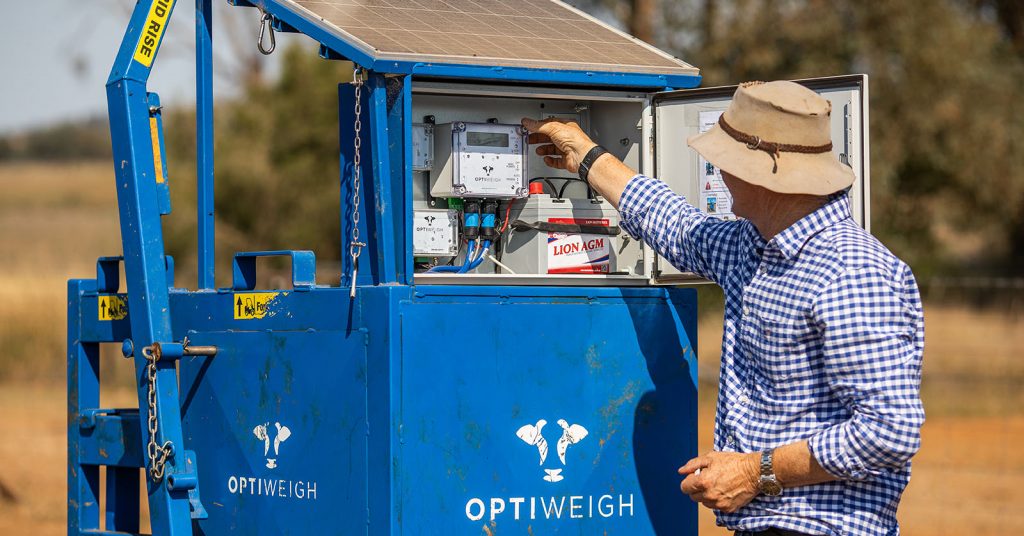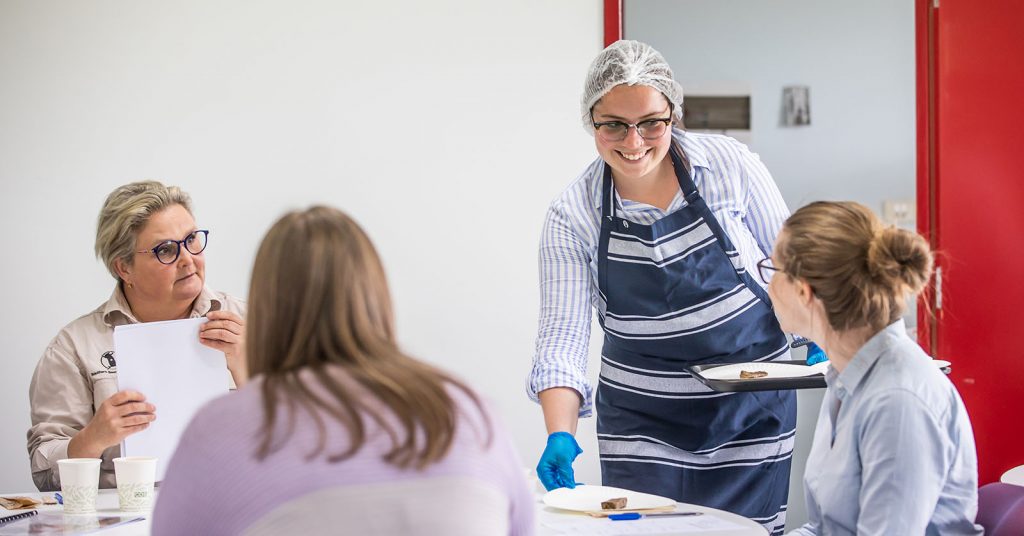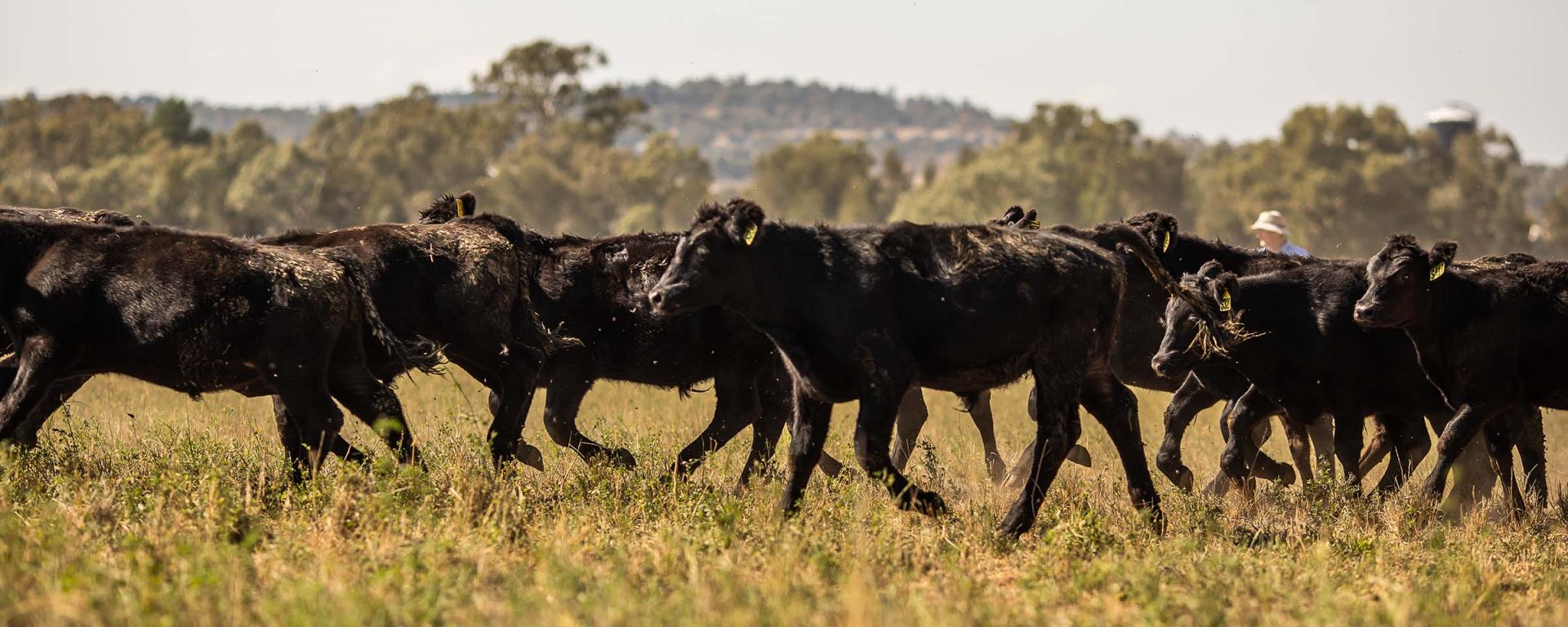Professor Jane Quinn’s agriculture research focuses on ways to improve livestock productivity and boost economic outcomes for Australian farming systems. She uses innovative field and technology-based approaches to investigate everything from pharmaceuticals and diagnostics to novel management practices that have the potential to improve productivity in Australian sheep and beef production systems.

We sat down with Professor Quinn to discuss her research and the role Charles Sturt plays in the Australian livestock industry.
“Research is a fantastic job to have. No two days are the same; every day is a new challenge, a new discovery. It is really exciting. Of course, you do have to be able to cope with the high and low aspects. But the moment where you meet that intellectual challenge and you’ve made that discovery – to me that’s the same as as winning a long-distance race or being a finalist in a sprint. It must be the same kind of high. That’s what keeps you going until the next one, which can be years in some cases. So that’s why I think of it as an extreme sport, because you have to have persistence and training and commitment. But the outcomes can be really amazing.”
What is the biggest challenge facing the Australian livestock industry?
“I think there are several and some of them are really obvious. The changing climate is one that we need to meet head-on as a global challenge. Not just in Australia but elsewhere as well. Also, the consumer perceptions around the way that livestock is produced. Plus, the challenges that we have to meet every day for balancing a high level of production with good welfare, good operations and good human interactions. I think it’s it’s a really complex place to be in at the moment. Hopefully the work that we’re doing is helping to meet some of those challenges.”
Tell us about the agriculture research work that you’re doing to address those challenges
“I do a lot of work in the intensive beef space. This is where we’ve got large numbers of animals in high intensity production systems. One of the challenges is that if you want high levels of production, you need high levels of welfare and performance. So sometimes we need to invoke new technologies into those areas to manage or monitor those animals much more closely and in a much more granular way.
“That hasn’t been really possible until recent technologies have emerged into the sector. And so we’re applying some of those in our agriculture research. For instance, really rapid diagnostics to monitor disease across populations in real time. But we’re also using big data approaches to understand the best changes that we can use in those production systems. To get the best outcomes for our animals and for the production system overall.”

Is new technology something that you’ve been developing at Charles Sturt?
“Yes, we’ve got a couple of really novel emerging technologies that we’ve been working with. One is high throughput diagnostic platforms. These are quantitative polymerase chain reaction-based platforms that can look at large numbers of animals and large numbers of pathogens at the same time. So this allows much higher throughput screening than we’ve ever had the capacity to do before. But it’s also looking at how can we monitor health impacts in the carcass in the processing part of the production chain. Using emerging technologies to collect data around health, particularly in those carcasses that are going through the abattoir.”
How important is robotics to the wellbeing of the industry?
“It’s robotics and automation, so there’s a lot of work that we’re doing on automated assessment. This is how we can use technology to capture data in a large scale way and in real time where we’ve got often really fast throughput situations or situations where we’re dealing with extremely large numbers of animals. How do we automate that? And how do we automate it for data collection and reporting so that we can understand better how those systems are working?
“That’s very much where those technologies are coming into what I do and how important that is for the Australian export market. We have significant data monitoring and quality assurance processes in the meat export markets at the moment. However, we can always do more. So we can manage data better. And we can give more granular feedback to producers as to what’s happening in that carcass, and those quality metrics in carcasses when they’re going for export.
“We have a very authentic footprint in the research area that I work in. We are embedded in our regional communities, in our livestock producing zones and our grain producing zones. Also, we have, from my perspective, a very strong footprint in the meat processing sector that sits around our campuses. That close collaboration with the whole of the red meat value chain – from production through to consumption – is something that I feel gives us a very authentic ability to meet the challenges in the sector.”

You’ve said that Charles Sturt graduates have a strong reputation. Why is that?
“I think it’s because we teach what we do. In my view, it’s that authenticity in our education programs feeding through into the future workforce – where students are not just learning about agriculture or veterinary science or novel technologies in an abstract concept as part of a degree where they’re never confronted with the day-to-day application. We have our farms on site. We have industry placements for students. And we have our industry partners coming in to teach in our courses.”
Is agriculture research a good career for women?
“Absolutely. But it’s a good career for anyone. So I would strongly advocate for students who are interested in agriculture or interested in the livestock industries, wherever they come from, whether they come from an urban background or a rural or a regional background, national or international, to know that there is a place for them. We need students with a multitude of capabilities across the sector now. Everything from engineers to AI experts to machine learning designers and logarithm computer scientists, through to our more traditional areas in agriculture veterinary science and animal science. So there’s a role for you somewhere in all of that.”
Bring your agriculture research ideas to life
Tap into Charles Sturt’s 100+ years of agriculture education expertise. And join a broad research community working at the cutting edge. Discover new knowledge and pursue you passion with our Master of Philosophy1 or Doctor of Philosophy2 – where you can craft a unique agriculture research project, and transform the industry.
Chat to our team of uni advisers for more information.
1CRICOS: 001257M
2CRICOS: 007607A, 039408G


You must be logged in to post a comment.